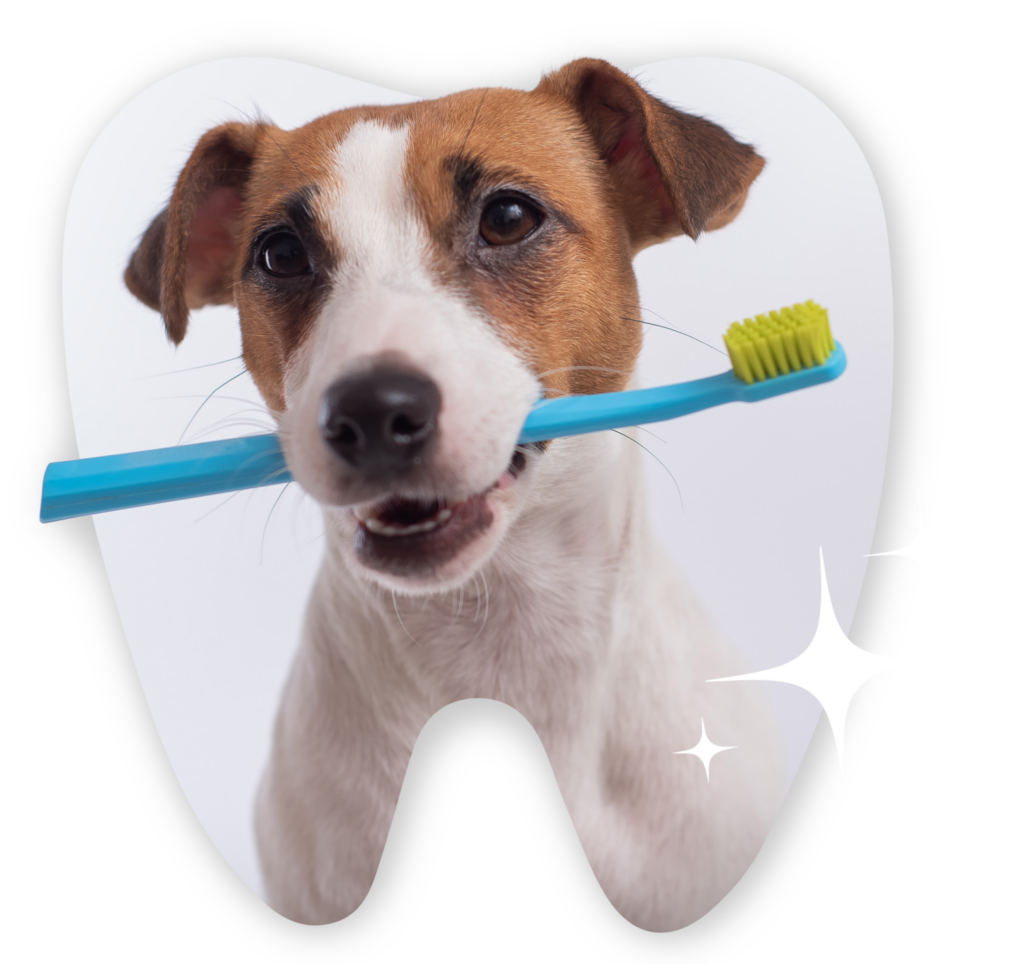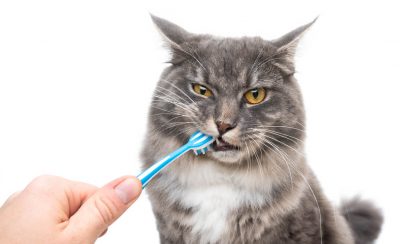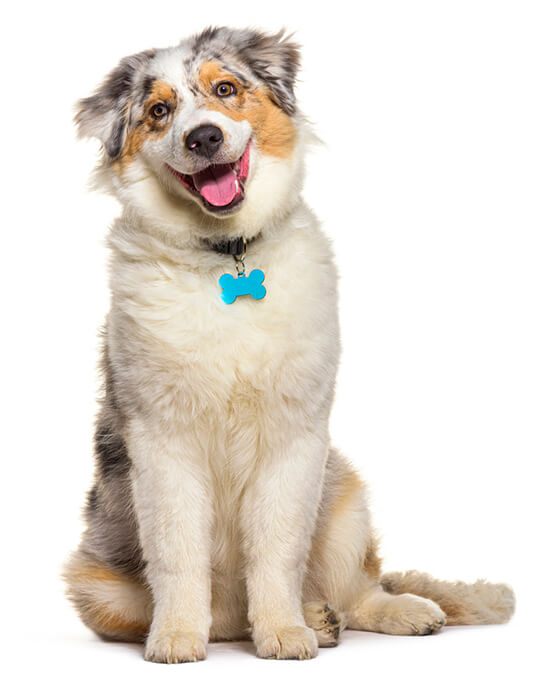Dental Days Deal
$100 off Dental Cleanings
For new and existing clients!
Call (828) 572-4442 to schedule a cleaning today!

Did you know that approximately
80% of dogs
over the age of 3 and about 70% of cats over the age of 4 have some form of dental disease?
At Hudson Animal Hospital, we want your four-legged family member to stay in good health in every aspect, and their oral health is just as important as the health of their heart, lungs, and other major organs. Yet, dental disease is one of the most common health problems we see in adult dogs and cats! With proper dental care, your companion can avoid the discomfort of dental disease and live a happier life.
To combat tartar and dental disease, we recommend annual dental checkups and routine teeth cleanings. It’s also important to brush your pet’s teeth at home at least a few times a week, using cat or dog-friendly toothpaste and a toothbrush designed especially for pets. Taking care of your pet’s teeth at home is a big step towards preventing an oral infection.
or give us a call at (828) 547-3463

Common Signs of Dental Disease in Pets
There are several telltale signs of gum disease we might be able to detect in your pet during their exam. Sometimes, you might be able to see the signs for yourself at home, but they can be subtle. Below are some of the most common indicators of dental disease in dogs and cats:
Inflamed or bleeding gums
Loose or missing teeth
Bad breath
Brown or yellow teeth
Difficulty picking up food or eating
Ropey or
bloody saliva
Favoring one side
during chewing
Decreased appetite
Excessive drooling
If you’ve noticed any of the above symptoms, now is the time to make an appointment at Hudson Animal Hospital! We’ll be happy to examine your pet and discuss our dental care recommendations.
About Your Pet's Teeth Cleaning
The general teeth cleaning procedure we provide at Hudson Animal Hospital includes these essential services:
- Comprehensive physical exam
- Pre-anesthetic blood work
- General anesthesia administration
- Dental X-rays
- Ultrasonic scaling (teeth cleaning) and polishing
- Periodontal probing
- Teeth extractions (if necessary)
- Post-operative care
For your pet’s safety and comfort, we monitor them through every stage of the dental cleaning, including before and after the administration of anesthesia.



